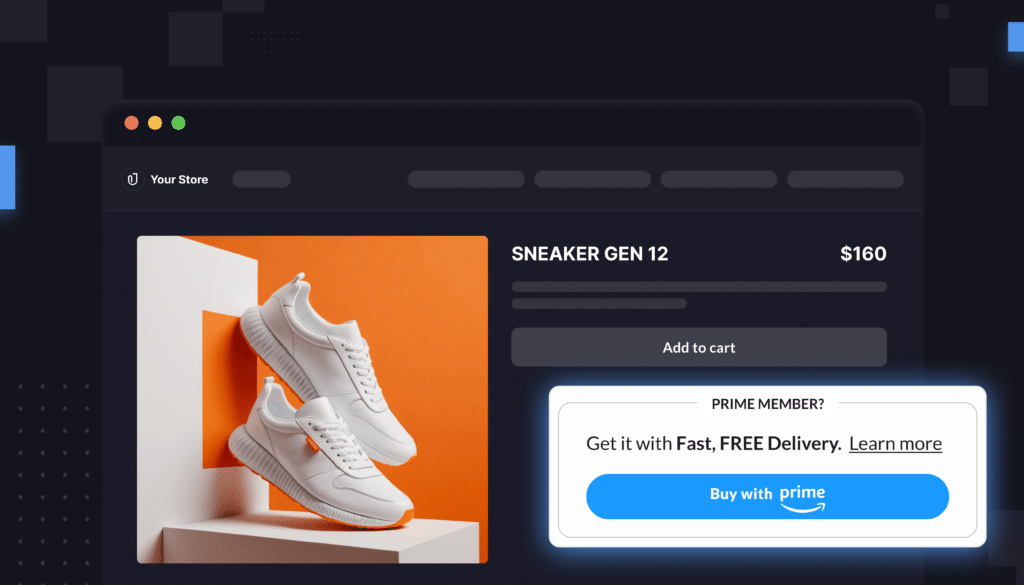Here’s a scenario: After a lot of trial and error, your non-branded campaigns are finally performing well. Surprisingly well, actually. You’re thrilled. You go out for drinks with your team to celebrate the win.
Later, you audit the campaign to see what worked so well, and you realize why your numbers are so good. There were multiple branded keywords accidentally caught in your non-branded campaign.
How did that happen? It is actually a very common problem. Most often, it’s simple human error. But if you don’t audit your campaigns often, or if you don’t use a tool that does it for you, you might be looking at a skewed view of your campaign performance.
Accidentally intermingling your branded and non-branded keywords will make low-performing campaigns look better than they are. Great campaigns, meanwhile, might end up with mediocre performance numbers.
Here’s how to make sure it doesn’t happen to you.
Why are brand segmentation errors such a problem?
Most marketers want to segment out their branded vs. non-branded campaigns in order to get a clearer sense of their ad performance.
Your branded campaigns will always outperform your non-branded campaigns. After all, these campaigns reach people who are actively searching for your brand on Amazon. They are already very close to a sale. Non-branded campaigns, by contrast, reach users much earlier in their purchase journey.
A non-segmented campaign might look great on paper—until you realize that 90% of the sales were from branded search terms.
Segmenting your campaigns is not easy in the first place. To help, Intentwise built a feature within our Ad Optimizer to automatically separate our branded vs. non-branded campaigns.
But even if you do have a system for segmenting out your campaigns, you might not realize that a bunch of small mistakes are costing you money.
Why do segmentation errors happen?
Reason 1: Human error
Human mistakes are inevitable in any ad campaign. When your team segmented out your branded and non-branded campaigns, it’s possible that a few keywords ended up in the wrong campaign.
It’s like making typos. It’s just going to happen.
Reason 2: Broad-match campaign errors
The second reason that these segmentation errors occur is a bit more complex. It happens when you’re using broad or phrase match keywords in your ad campaigns.
Let’s say you own a brand called Topsie T-Shirts. You create an ad campaign that includes the keyword “t-shirt” as a broad match. The broad match tells Amazon to bid any time a customer enters a search that contains “t-shirt” within it, even if there are other words or phrases before and after. So, “green t-shirt,” “chrome t-shirt,” “extra large tie dye t-shirt,” and so on would all match to the keyword you specified.
“T-shirt” is not a branded term, so this broad-match keyword for “t-shirt” would be added to a non-branded campaign.
But here’s the catch: Because of the broad match, your own branded terms might slip in there accidentally. If someone searches for “Topsie t-shirt,” that’s a branded term that will be pulled into your non-branded campaign.
What if half of all the sales generated by your non-branded “t-shirt” keyword started as searches for “Topsie t-shirt”? This means you mostly sold to people who already knew about you, and the truly non-branded keywords in this campaign actually performed quite poorly.
But because “Topsie t-shirt” was appearing in a non-branded campaign, it’ll make your ACOS look artificially great.
That broad-match campaign for “t-shirt” was actually a huge waste of money—and you didn’t catch it right away.
This is a very general example, but the same phenomenon applies to all brands, even if your product (e.g. “t-shirt”) isn’t in your brand name.
The search term “Bose speaker” would run into the same segmentation issue, for example. As would “Nike sneakers.”
Okay, how do you fix this?
Solving this problem is pretty easy, in theory. To avoid a broad match mistake like the one outlined above, all you have to do is use negative keywords. Be sure “Topsie” and all other variants of your brand name are excluded from your non-branded ad campaigns.
The trouble is not in solving the problem—it’s in catching it in the first place.
Let’s return to the Topsie T-Shirt example. When evaluating that campaign in Amazon’s native Ad Console, you would see that non-branded the keyword “t-shirt” brought in, say, 100 orders at 10% ACOS. You wouldn’t know anything was amiss.
To even realize the segmentation issue was happening, you’d need to audit your Search Terms Report. Only by carefully reading that report would you notice that the keyword “t-shirt” was matching to a “Topsie t-shirt” search term.
Without a good audit, you might increase spending on the campaign. It can take months to notice this kind of mistake.
To streamline that process, your choices are twofold:
1) Task an employee with running a recurring, deep audit of your Search Terms Report.
2) Work with a platform that can catch these errors for you.
A recommendations engine can also help…
We’ve thought about this segmentation issue a lot at Intentwise.
When you use the Intentwise Ad Optimizer, you can easily harvest search terms in bulk using automated rules. Rules removes human error from the process of adding keywords into new campaigns.
You can also benefit from our recommendations engine, which flags these errors for you. Every day, our recommendations feature checks to see if there are any branded search terms matching to non-branded keywords or campaigns.
Anytime we catch this, it’s flagged as a recommendation in the platform. From there, you can resolve it with a single click.

Want more content like this? Be sure to subscribe to our newsletter.

![[Table] Blog Post (2) [Table] Blog Post (2)](https://www.intentwise.com/blog/wp-content/uploads/elementor/thumbs/Table-Blog-Post-2-qbkw336xxmg6ogzd9dn6svf077p53l2t7nppnkion4.jpg)






